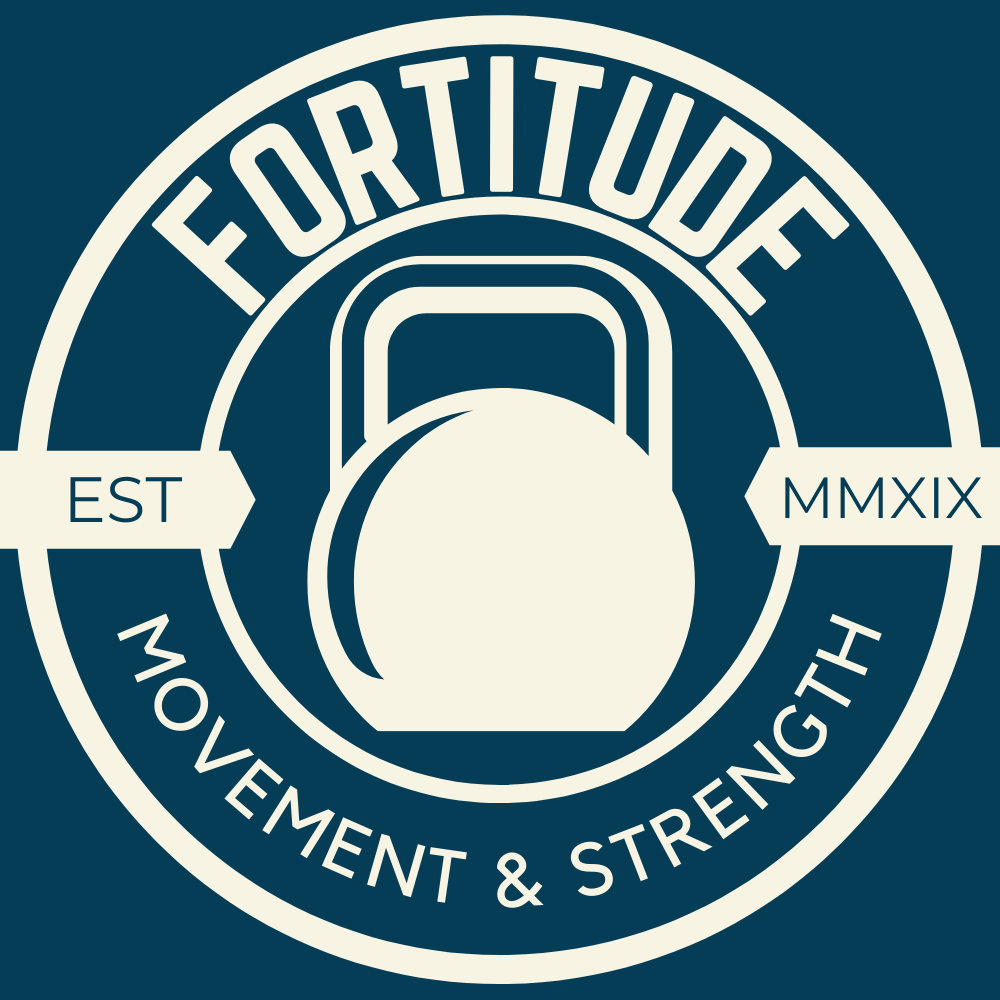Your Guide to Navigating Low Back Pain
Back Pain Facts:
An estimated 85-90% of adults experience non-specific low back pain. Non-specific low back pain exists without a clearly attributable biological cause that can be identified through imaging.
This brings us to the point that pain is generally poorly correlated with physical or biological findings. It is estimated that anywhere between 60-75% of asymptomatic people aged 60-70 years old have "abnormal" findings on radiographs and MRIs of their back, yet do not have pain.
The overwhelming majority of cases of non-specific low back pain resolve in a matter of days to weeks, with most resolving within 4-6 weeks after onset.
Absolute rest has a negative impact on recovery, and increases feelings of catastrophizing, hyper-vigilance, and feelings of hopelessness.
FROM WOBY ET AL‘S 2007 EUROPEAN JOURNAL OF PAIN ARTICLE, SELF-EFFICACY MEDIATES THE RELATION BETWEEN PAIN-RELATED FEAR AND OUTCOME IN CHRONIC LOW BACK PAIN PATIENTS.
Beliefs regarding back pain are often learned from narratives told by healthcare professionals, one of the most damaging and prevalent of these narratives being the "subluxation" model, otherwise known as the "your back is out of alignment and you need me to put it back in place" model. This narrative is sadly often told by many poorly informed chiropractors, physical therapists, and physicians alike.
Your back is strong and resilient. Untrained individual's spines are capable of withstanding compression forces upwards of 1,000LBS and shear forces upwards of 500lbs.
Consistent exercise is the most highly recommended intervention we have for LBP.
Literally any exercise is good, as long as it can be tolerated and gradually progressed as you improve.
Here’s a Initial Game-plan:
Walk. Every day if possible. This can be in small manageable chunks of 5-10 minutes, but a good starting point would be 20-30 minutes of total walking completed per day during the first few weeks. This should be gradually increased as you can tolerate it.
Change position while at work every 25-30 minutes if able, with a 5 minute movement or walking "snack" in between. Alternate between sitting and standing. Posture is poorly correlated with pain, but time spent in an unchanging position may not be helpful. Move and move often.
Bend your back and extend your back as you can tolerate. Backs are made to bend, extend, twist, and lift things. Gradually introduce these movements back into your movement plan. YOUR BACK WILL ADAPT.
Believe you will get better, and that afterwards you will be equipped to handle non-specific low back pain on your own if/when it comes back in the future.
In strength,
Dr. Jeremy Kirschner PT, DPT, ATC, CSCS
Medical disclaimer
THIS INFORMATION IS NOT INTENDED FOR THE PURPOSE OF PROVIDING MEDICAL ADVICE
All information, content, and material of this website is for informational purposes only and are not intended to serve as a substitute for the consultation, diagnosis, and/or medical treatment of a qualified doctor of physical therapy, physician, or healthcare provider.

